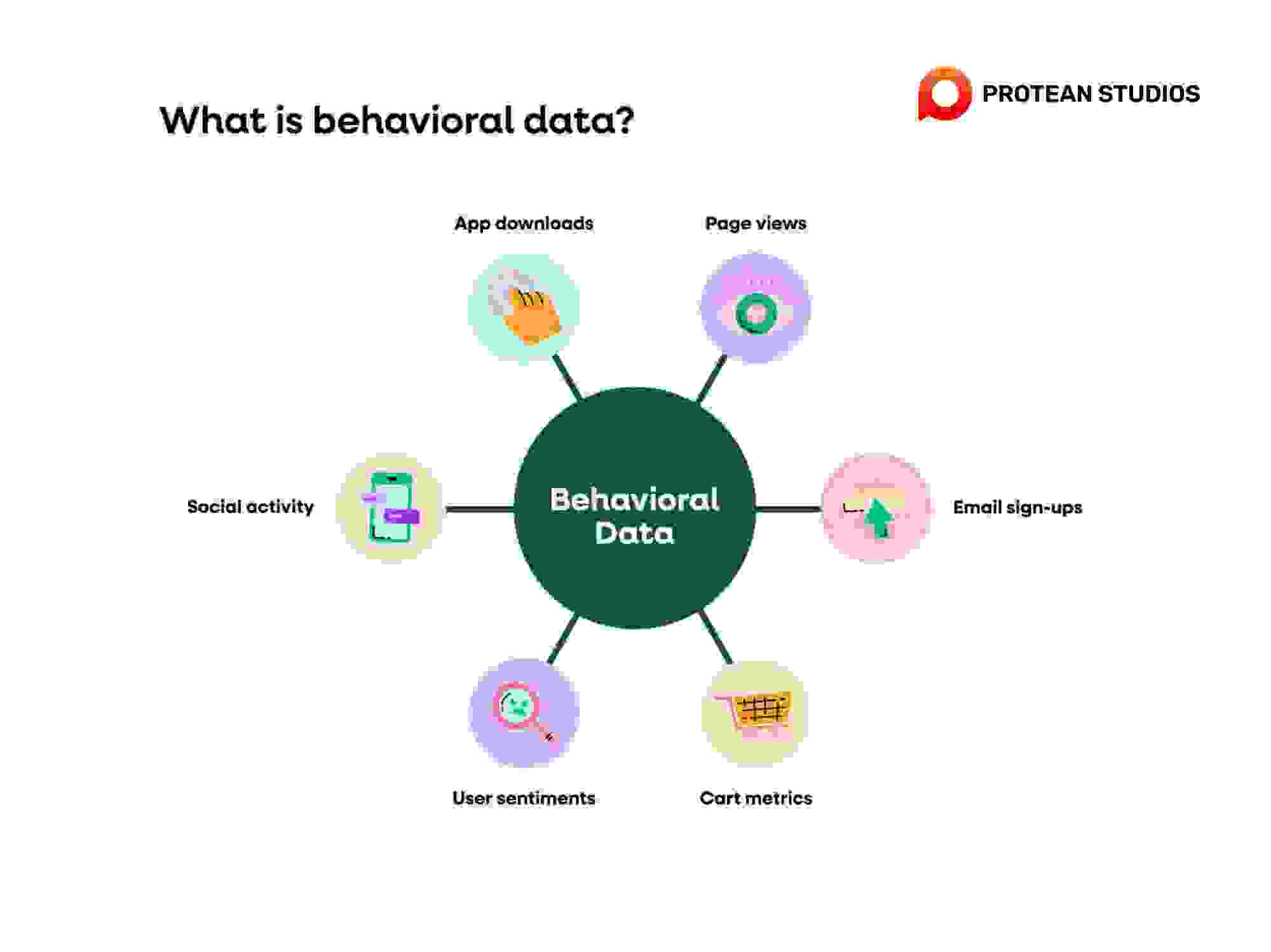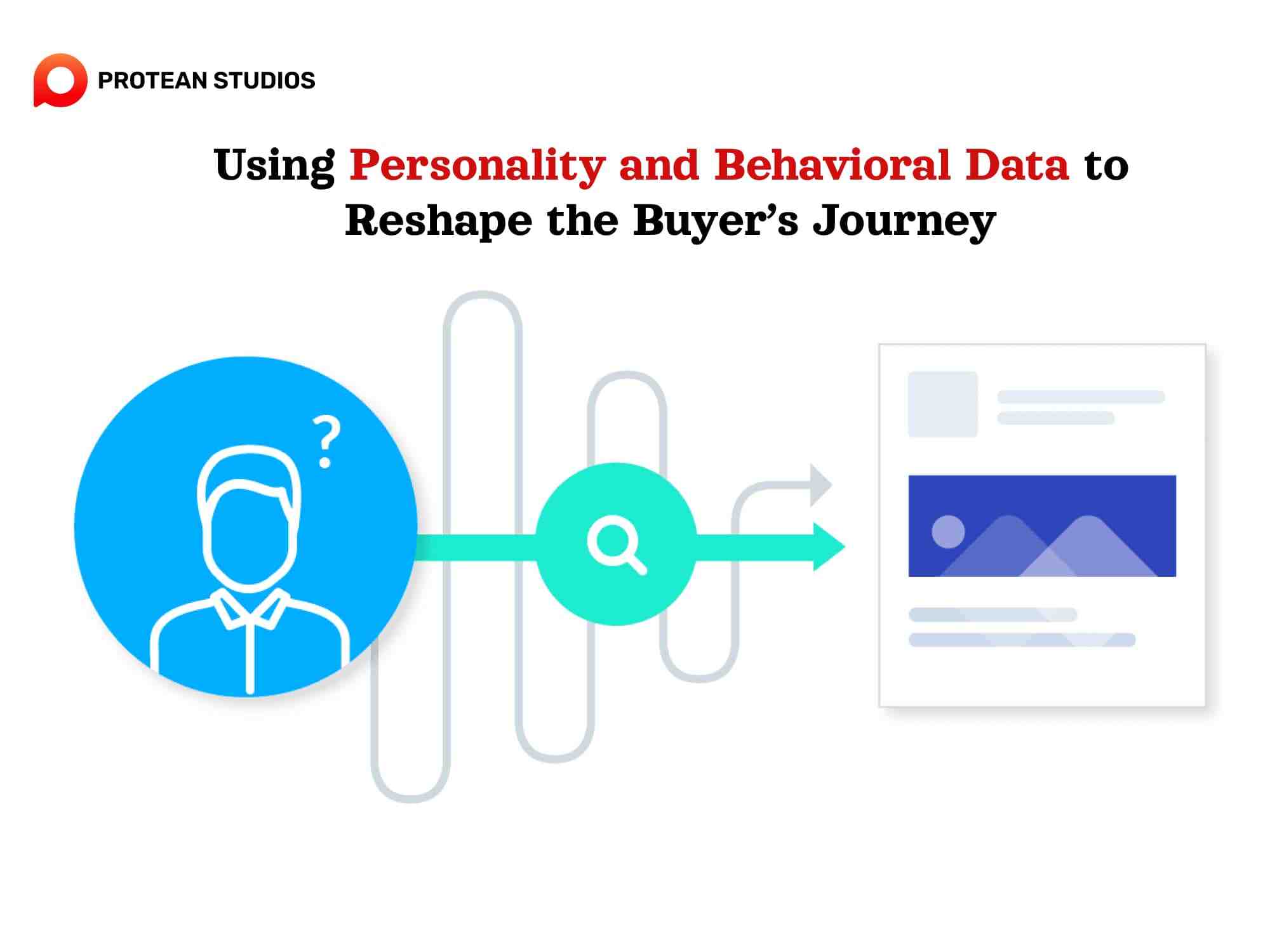Our agency conducted a two-year study of content consumption across four industries, analyzing over 50 closed deals. The results? In 80% of the deals, we couldn’t link content engagement to the buyer’s journey. Simply put, we saw a connection in 20% of successful deals.
This shows that, despite marketers' efforts to align content with each stage of the buyer’s journey, they often missed the mark. But there's a silver lining—there are still valuable insights marketers can take from this.
5 Reasons Content Misses the Mark in the Buyer’s Journey
Through our analysis, along with data from sales and marketing tools and interviews with sales reps about successful deals, we learned the following:
1. Poor Visibility and Integration
One major reason we struggle to see how content influences purchases is the lack of integration between marketing and sales tools, such as Gong and Outreach. This reveals a persistent gap between sales enablement and marketing efforts.
2. Hidden Data Silos
Sales reps often rely on their own favorite content, created by marketing but adapted by sales. Successful reps use three to four key pieces of content to move discussions forward. A common example we found was a preferred case study.
Read more: Exploring the Top 8+ Customer Data Platforms (CDPs) in 2024
3. Inaccurate customer feedback
Customers don’t always intend to mislead, but what they say and what they do often differ. Our analysis shows buyers engage with content based on personal preferences rather than information needs.
4. Various Buyer Journeys
Sales reps confirmed that every buyer’s journey is different. To simplify things, we follow the 95-5 rule: since only 5% of buyers are in the market at any given time, you need at least two distinct buyer journeys.
5. Low Trust in Your Content
In certain industries, like cybersecurity, buyers are skeptical of vendor content. According to our research, personal connections are their most trusted information source, while vendor content ranks low in both use and credibility.
Key Insights
The major breakthrough came when we mapped out the actual purchasing process. While we didn’t discover the perfect "buyer’s journey," we did find a way to enhance it using both online behavior data and personality insights.
The key takeaway was recognizing who gets involved and at what stage. For example, influencers played a role in the process but stepped back later. Champions stayed engaged from the middle through the end, while skeptics entered the discussion late, brought in by others.
With this knowledge, we can design a more accurate buyer journey. Although we can't eliminate the divide between sales and marketing, we can narrow it.

Other Article: Synthetic Data: Solving the Privacy Challenge in AI Development
Using Personality and Behavioral Data to Reshape the Buyer’s Journey
First, we need to shift our focus from aligning content with the buying stage to identifying the type of buyer involved at each stage. This distinction is key, and it explains why customer research often misses the mark.
When you ask buyers what marketing asset they find most valuable at different stages, you'll get logical but not accurate answers. For example, a buyer might say that a case study is valuable mid-stage to assess business impact. While this makes sense, it’s not how buyers behave or consume content in practice.
Champions, for instance, often prefer case studies because they want to envision themselves or their team benefiting from the solution. For them, it’s often the starting point, not the middle of the journey.
To better understand who is involved and when, you’ll need input from your sales team. Look at a dozen or so closed deals in your CRM, and ask sales reps to map out which individuals were involved at different stages of the process.
Next, use AI tools to predict their personality types. Once you have this data, you can link it to their content preferences by pulling information from your marketing systems—such as what content they engaged with, whether they opened an email, downloaded a resource, or attended an event.

By matching personalities to content consumption, you’ll discover the most effective assets for each buyer type. This not only simplifies your marketing efforts but also aligns them more with the sales process.
While there’s no perfect solution, this approach gets you much closer to delivering the right content to the right people at the right time—even if it won’t always be perfect.
Learn more: Trends in Data-Driven Marketing for 2024 and Beyond
--------------------------------------------
In conclusion, behavioral data offers a powerful tool for B2B marketers to enhance the buyer journey and drive successful outcomes. By leveraging insights into buyer behavior, you can create personalized experiences, optimize your marketing efforts, and build stronger relationships with your target audience.
As technology continues to advance, the possibilities for utilizing behavioral data will only expand. By embracing this trend and investing in data-driven strategies, you can position your business for long-term growth and success in the competitive B2B marketplace.




